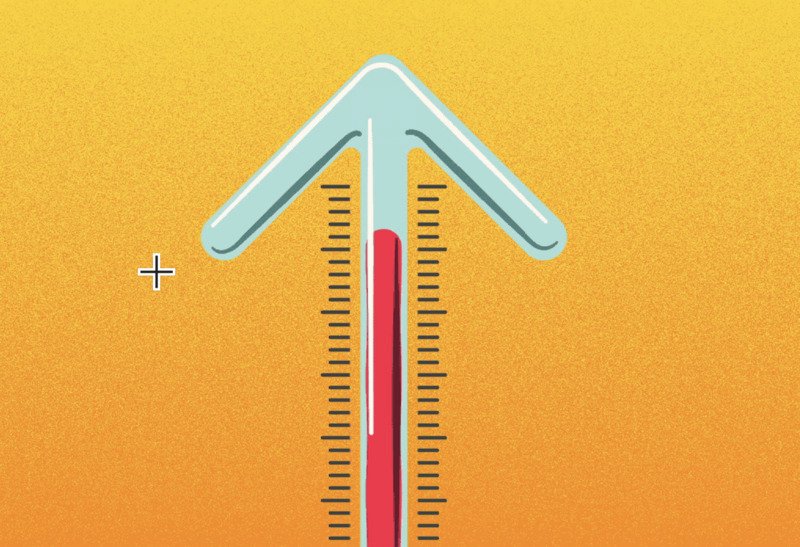The 2021 Pacific Northwest heat wave was a climate change warning
from Axios
The 2021 heat wave in the Pacific Northwest, which killed hundreds of people in the U.S. and Canada, was a harbinger of a new generation of climate disasters to come, a new study finds.
Why it matters: In the most comprehensive analysis to date of what made the heat wave so extreme, scientists ruled out the possibility this was a “black swan” event, which is unpredictable and unlikely to recur.
The big picture: Instead, the new study in Nature Climate Change shows that amplifying feedbacks between factors such as unusually dry soils and a highly contorted jet stream added to the effects of long-term climate change.
- This dialed up the heat to unprecedented levels for the region.
- The wavy jet stream pattern, itself tied to climate change, helped give rise to a record-strong heat dome that parked itself over British Columbia and the Northwest U.S. in early summer.
- The study finds that in the Northwest but likely other areas as well, multiple trends are pushing the climate into a zone where such extremes are far more likely.
- “The background warming, the atmospheric dynamics, and the soil moisture deficiency interacted in a way that amplified this event beyond a normal extreme,” study coauthor Kai Kornhuber, a senior fellow at the German Council on Foreign Relations, tells Axios in an interview.
Between the lines: In the 1950s, the study states, the prospect of such a heat wave occurring in the Pacific Northwest was virtually impossible, but climate change had transformed that into a 1-in-200-year event by 2021.
- Part of the reason for this is the gradual drying seen across the region.
- “Our study is the first to pinpoint how warming-induced land drying has transitioned the Pacific Northwest from a wet region without effective soil moisture-temperature feedbacks to a transitional climate between wet and dry,” said study coauthor Mingfang Ting of Columbia University.
- “That can strengthen land-atmosphere feedbacks and thus large temperature swings.”
- Kornhuber says that while it is “encouraging” that models used for weather forecasting captured the heat wave’s likely development and severity, climate models used to conduct risk assessments for heat hazards in coming decades may be flawed.
- If they are missing some of the feedbacks the study identifies, climate models could underplay the risk of a repeat or even worse event.
- Looking ahead, if climate change is held to 2°C above the pre-industrial average, 2021-type Pacific Northwest heat events are likely to take place at a frequency of about once every 10 years.
Yes, but: Even if all existing emissions pledges are met, the world is currently headed for greater than 2°C of warming.
What they’re saying: “Our study supports a very direct conclusion that extreme heat like this will only become more and more likely — both in this region and across the globe, especially where heat stress is already extremely high — as more fossil fuels are burned,” lead author Samuel Bartusek of Columbia University told Axios via email.

